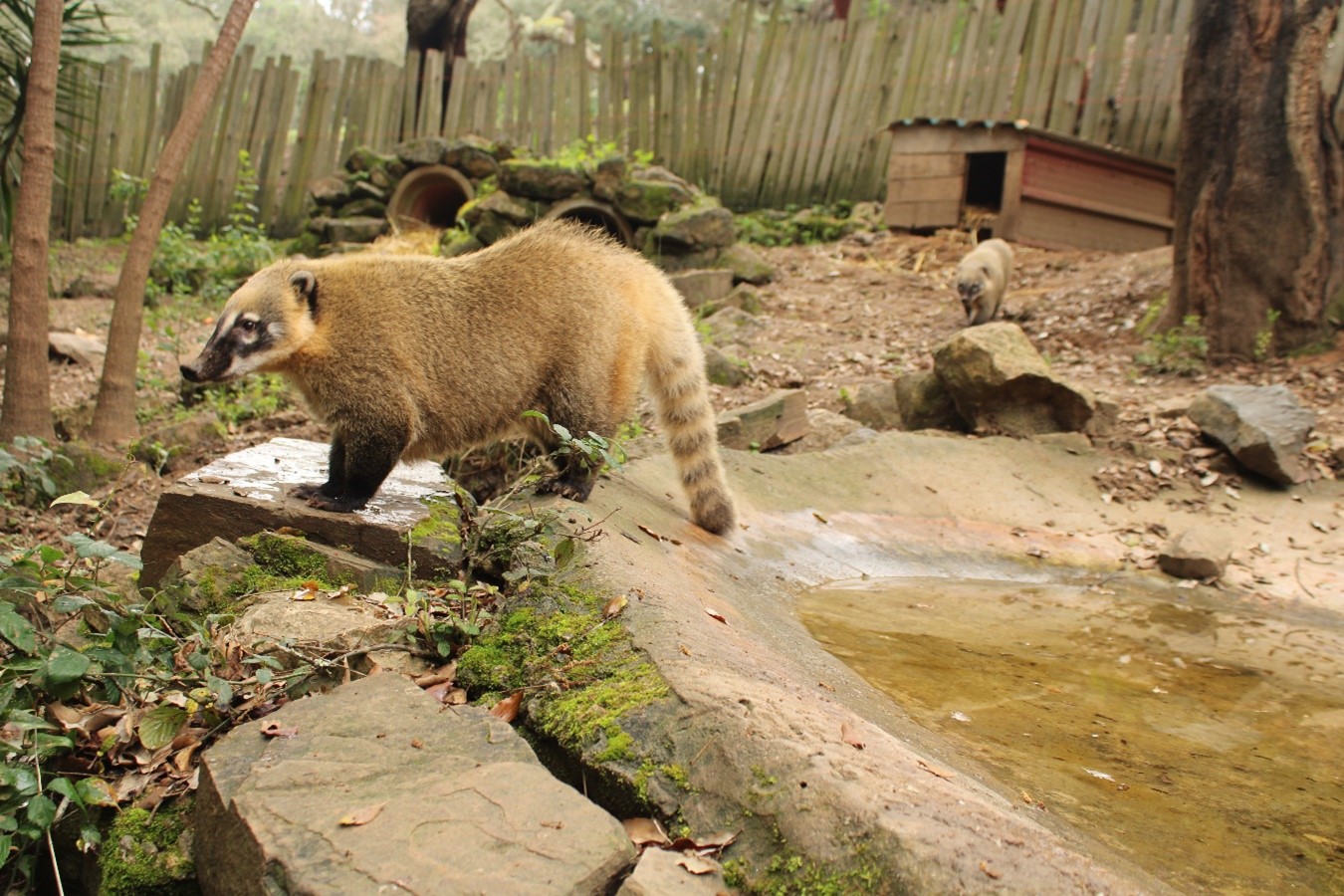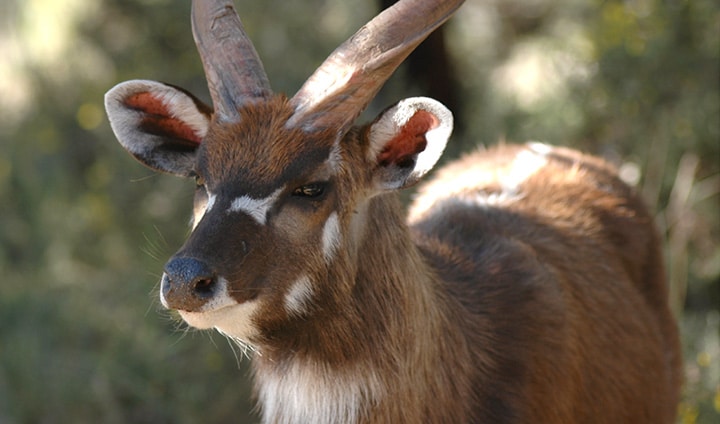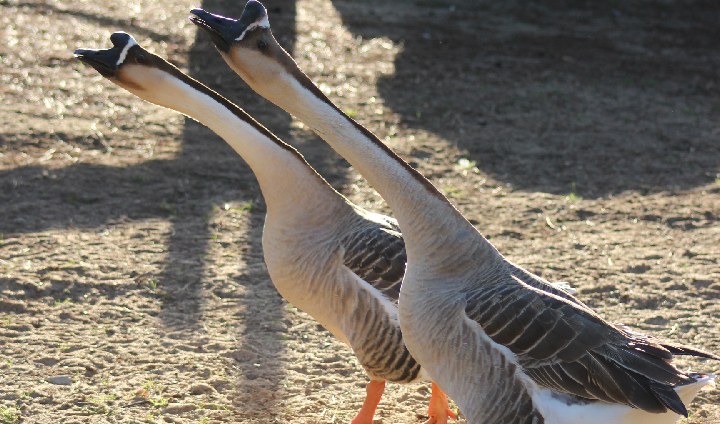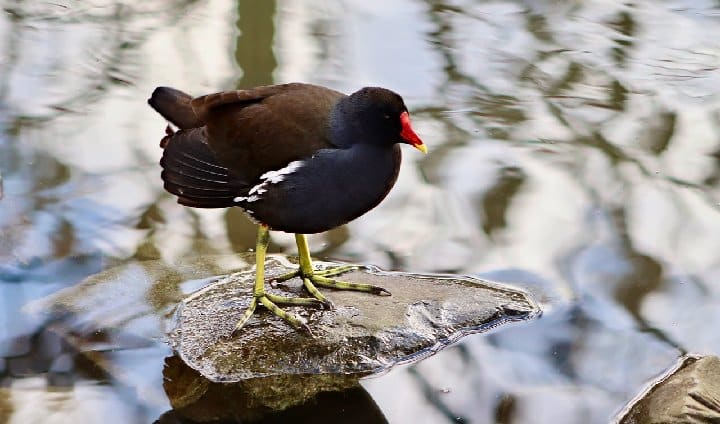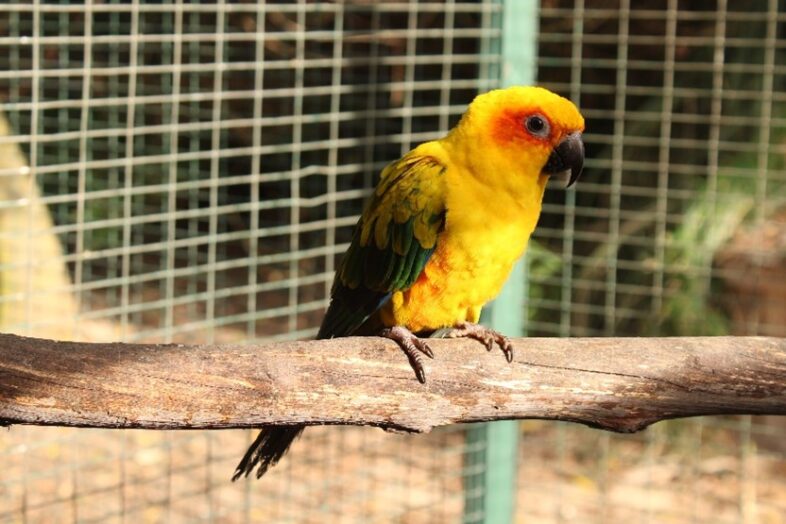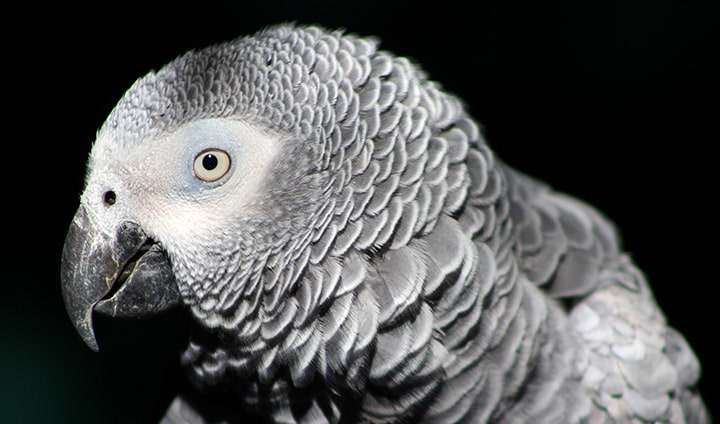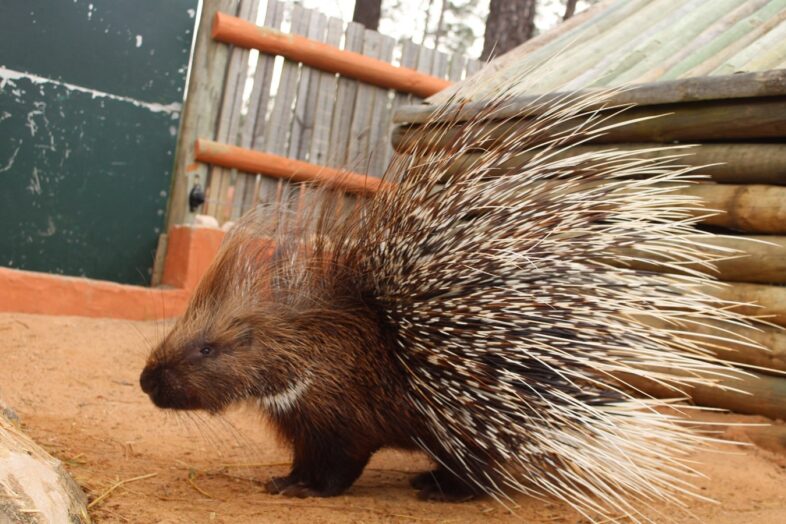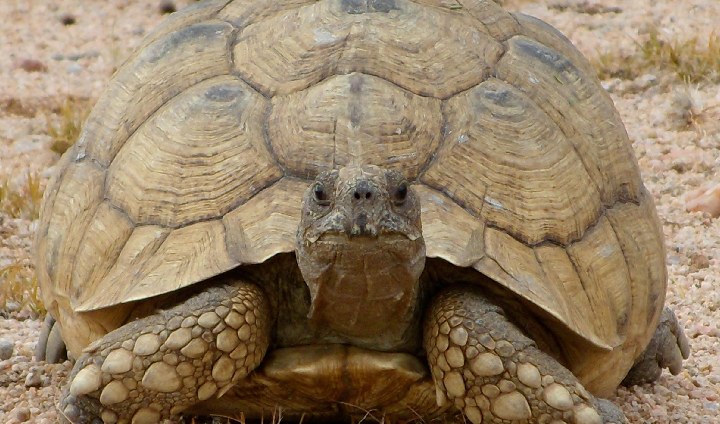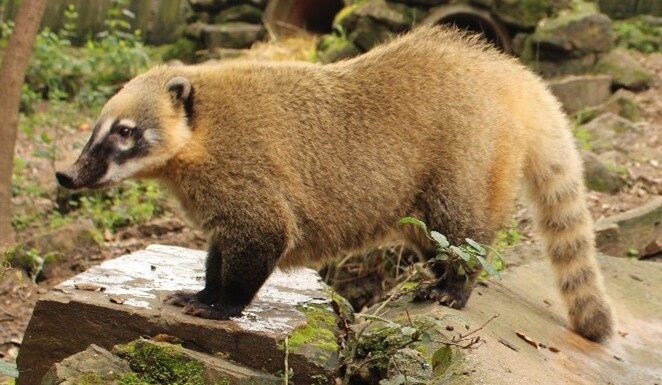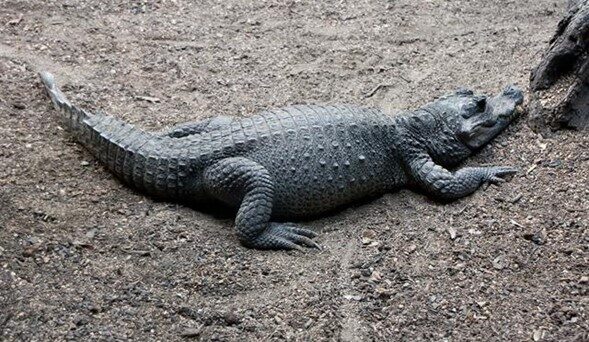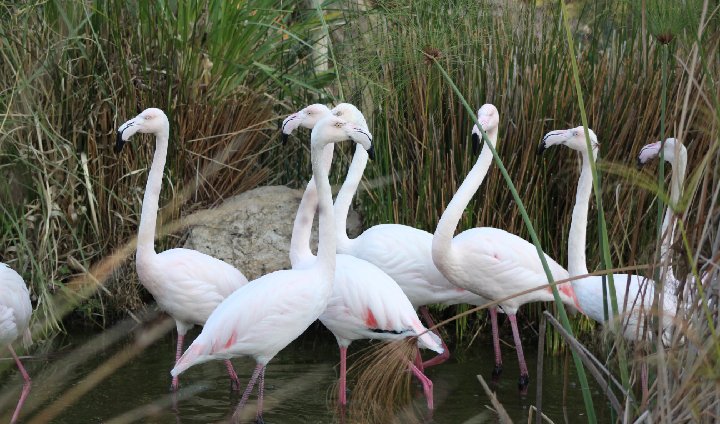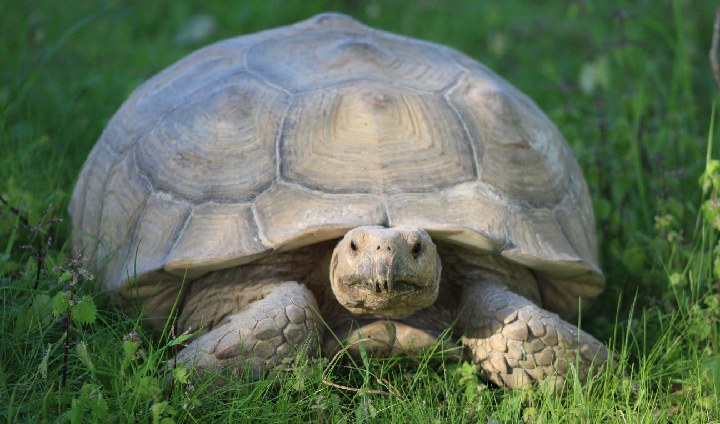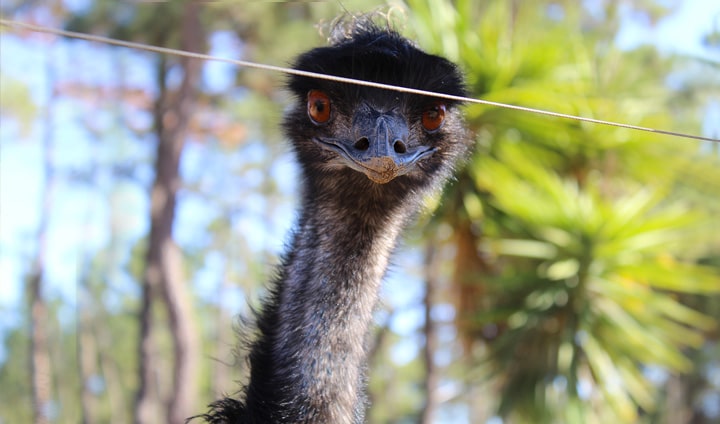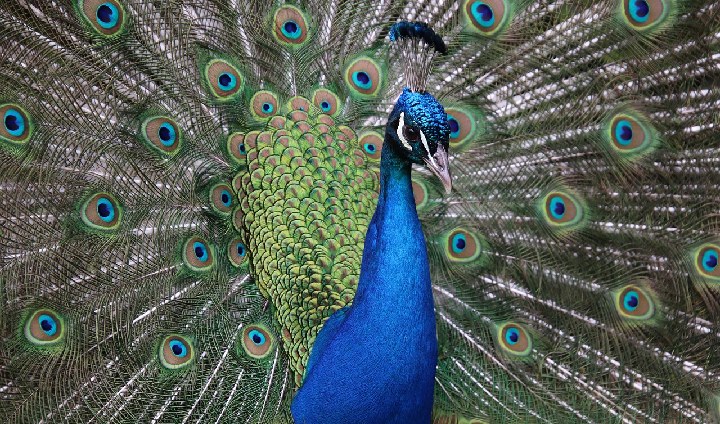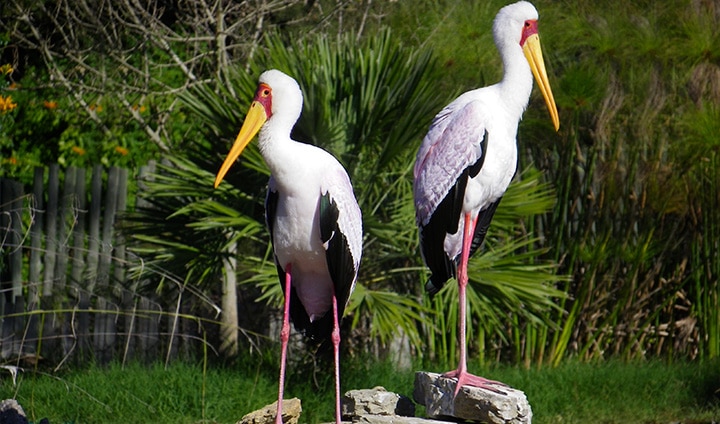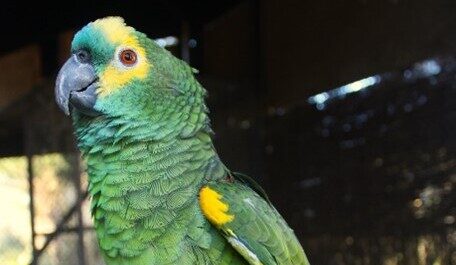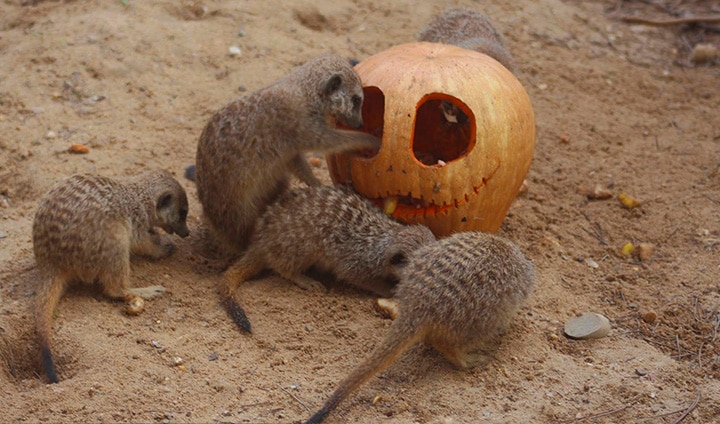Diet: Omnivorous animals and tend to seek out fruits and invertebrates. If available, they may even feed on small mammals, rodents and decaying meat. They can also ingest small root vegetables.
Reproduction: Typically polygamous animals and the breeding season varies greatly depending on location and food availability. The average gestation time is 4 months and 3 to 7 cubs can be born. The offspring depend exclusively on the mother. These cubs are born without hair, they only open their eyes on the 10th day of life and only on the 19th day do they have the ability to stand upright. Both males and females reach sexual maturity at 2 years of age.
Distribution and Habitat: Coatis are found in tropical regions of South America, from Colombia, Venezuela to Uruguay and can be found at more than 2500 meters of altitude. They feel comfortable in forest and mountain areas.
Behavior: Coatis are good climbers and will even swim if necessary. They are diurnal animals and spend much of the day in search of food. This species is mostly terrestrial, however, they sleep, reproduce and have their young in trees.
Conservation Status: Least Concern
Scientific name: Nasua nasua
Class: Mammalia
Order: Carnivora
Family: Procyonidae
Dimensions: 73 cm – 1.36 m long
Weight: 3kg – 6kg
Longevity: 17 years in captivity and 10 years in the wild


